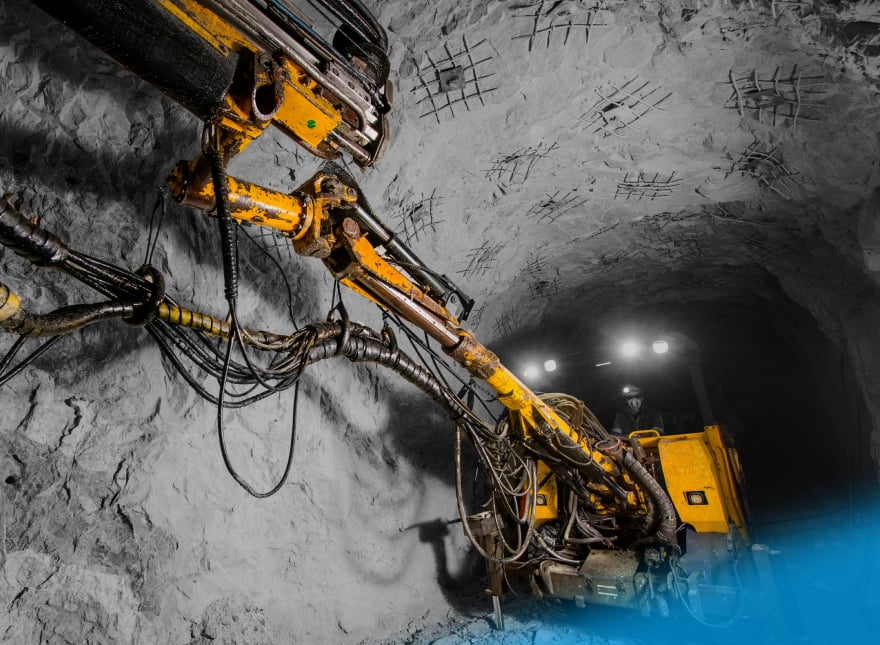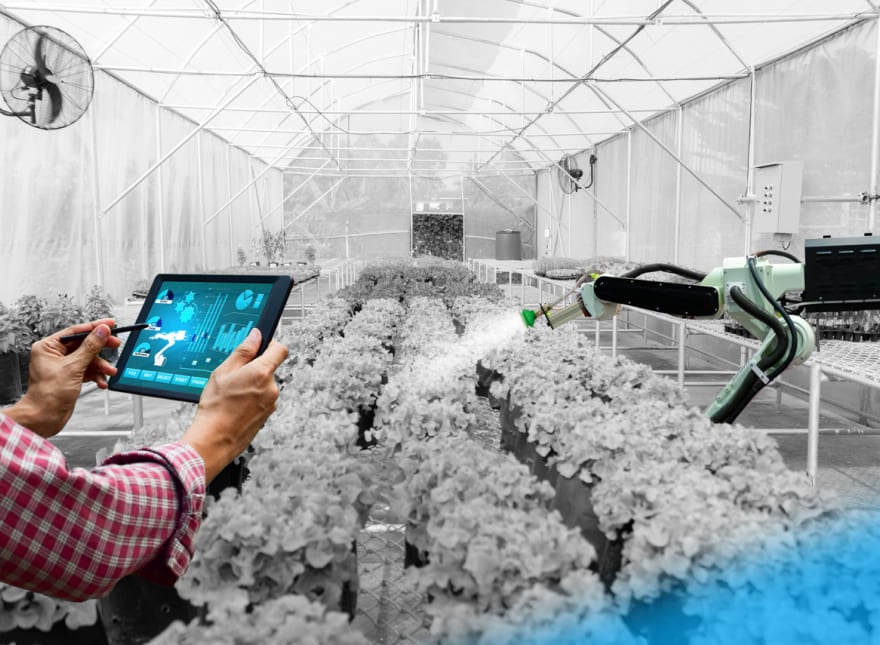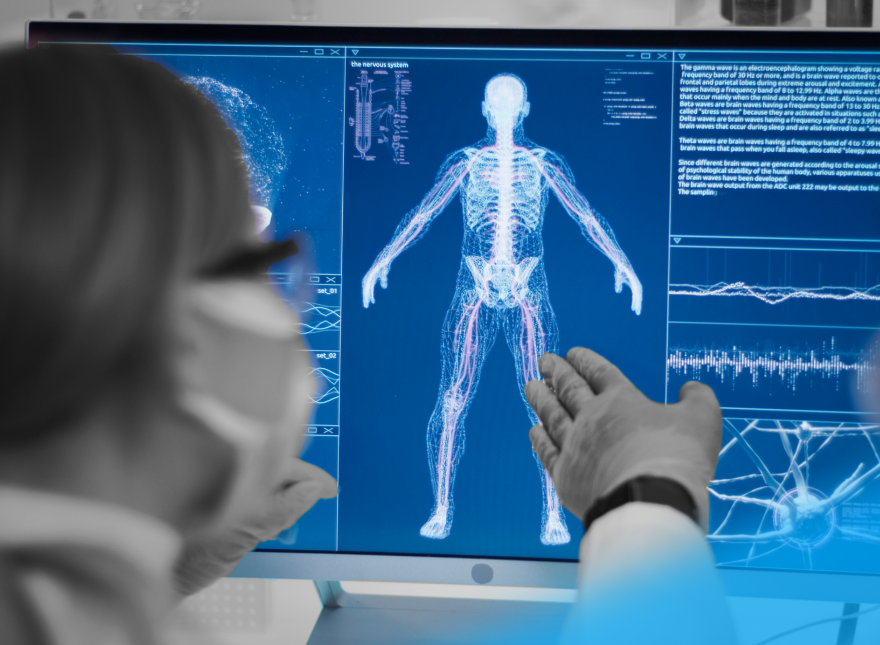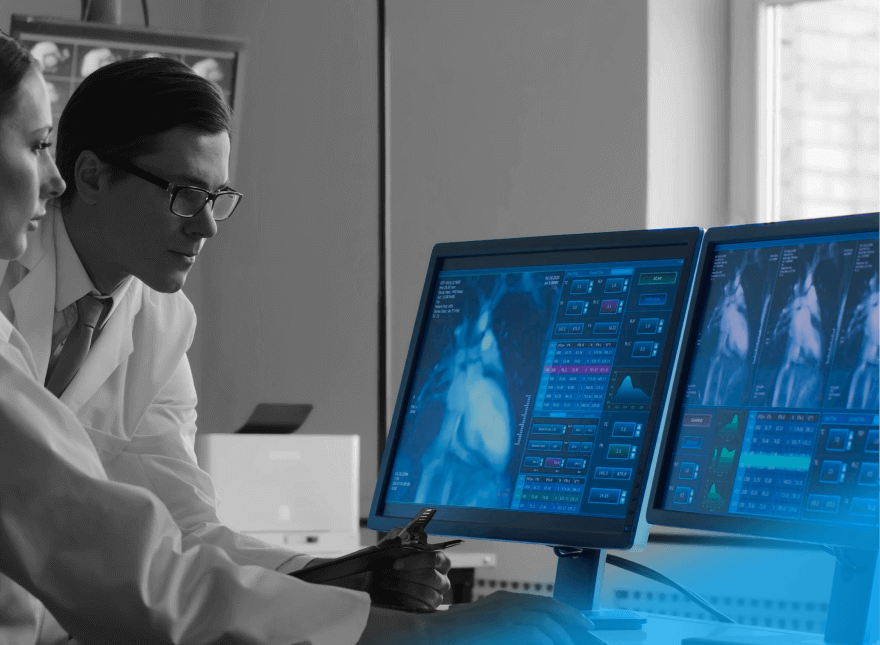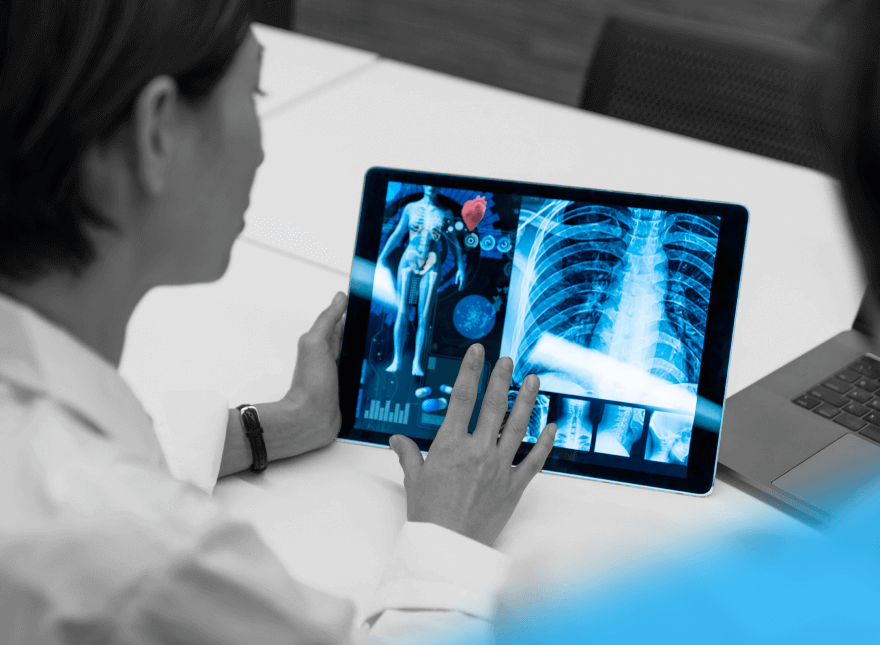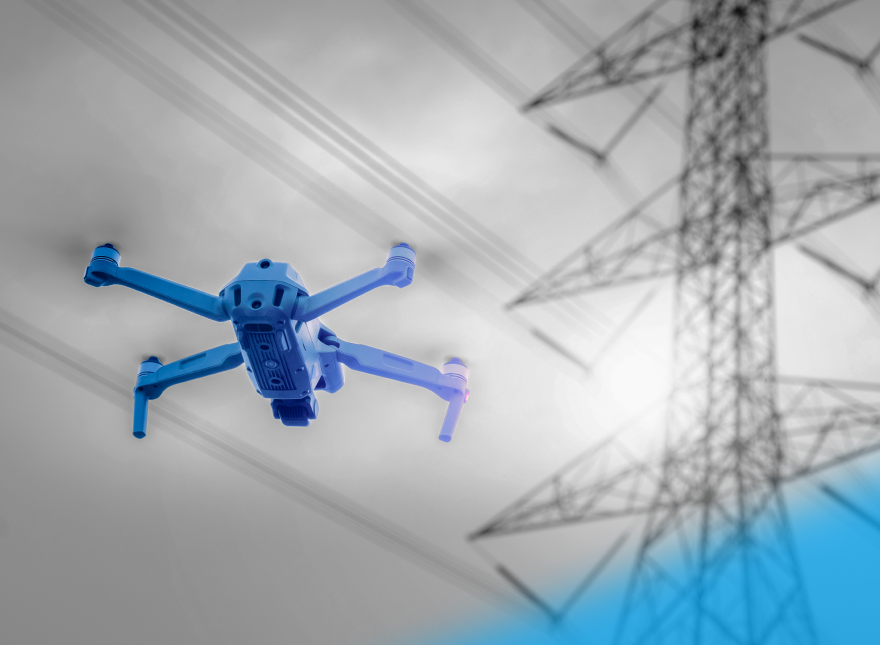Check out our latest blog article: From component to enterprise – modular robotics done right.
3 Examples of Using Computer Vision in Sports
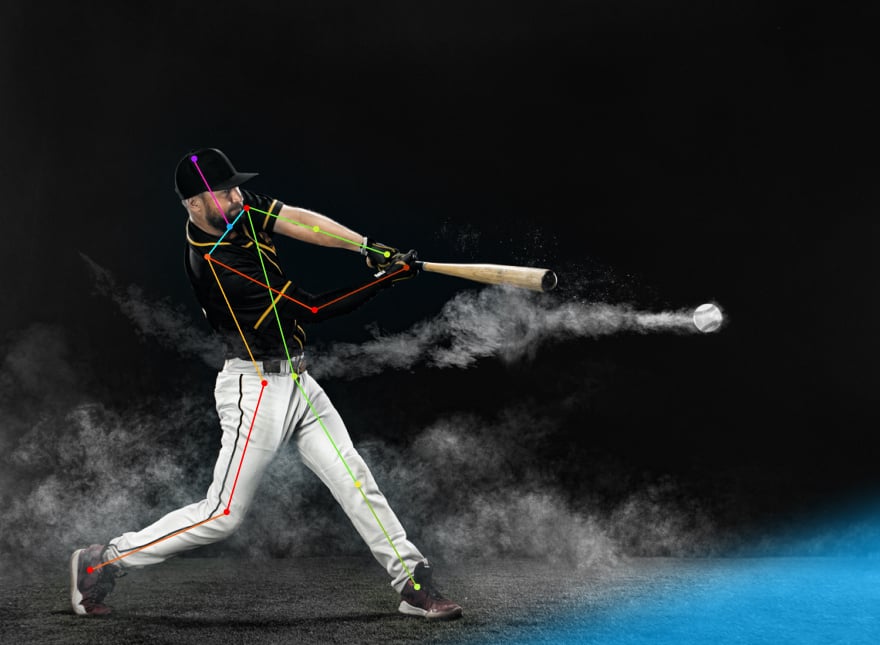
There’s no sport without fans. It’s fans who bring players support, confidence, and motivation. And, of course, fans build revenue streams by buying tickets and merchandise. That’s why keeping them satisfied and giving them something beyond just good performance is crucial. However, it’s very easy for clubs to damage fans’ loyalty.
Just сonsider what would happen if fans were left outside the stadium after the game had begun. This might sound strange, but it’s common. Imagine fans intentionally arrive in advance, but the ticket-scanning systems work too slowly, malfunction, or even fail. Or maybe manual ticket inspection takes too long. The game is already running, but hundreds of fans are still queuing outside the stadium. This might ruin a club’s reputation and could even lead to losing loyal fans.
Computer vision (CV) can help tackle this and other issues to make sport more enjoyable for fans and, of course, bring revenue to clubs. Let’s take a deep dive into the use cases of computer vision in sports and their real-life examples.
Computer Vision in Sports Explained
To explain how CV works in the sports industry, let’s get back to the above-mentioned entry delays. To help fans get through the doors quickly, companies can replace manual ticket scanning with CV platforms. These don’t require physical ticket display. This is how it works:
First, a user uploads an image of their face and the ticket barcode number to the platform. Then, when entering the stadium, special devices scan the fan’s face. Thanks to the CV-powered facial recognition technology, the system compares the photo, analyzes key facial features, and recognizes the person. When verified, fans are allowed to enter the arena.
As a result, people don’t wait in long queues, take their seats on time, and enjoy the show!
Depending on the needs of teams and clubs, computer vision in sports works under three basic autonomy models:
- Assisted intelligence: CV carries out basic, easy tasks, helping coaches or managers get their work done faster. For instance, it can count the number of sets and reps an athlete completes during a workout session.
- Augmented intelligence: CV performs some duties, which results in higher efficiency and precision. Let’s consider ball tracking in tennis. Computer vision tracks ball trajectories every second. This helps line judges accurately determine if the ball landed in or out of bounds during the game. The result is saved time on manual processing and 100% fair arbitration.
- Autonomous intelligence: CV fulfills tasks independently and can make decisions autonomously. Fully automated sports coaching is an example. CV-based tools monitor an athlete during exercise and provide plans to improve performance. Such solutions can replace coaches during endurance training.
Computer vision in sports is currently burgeoning, and many clubs have already benefited from it. Analysts predict that CV in the sports market will only grow further.
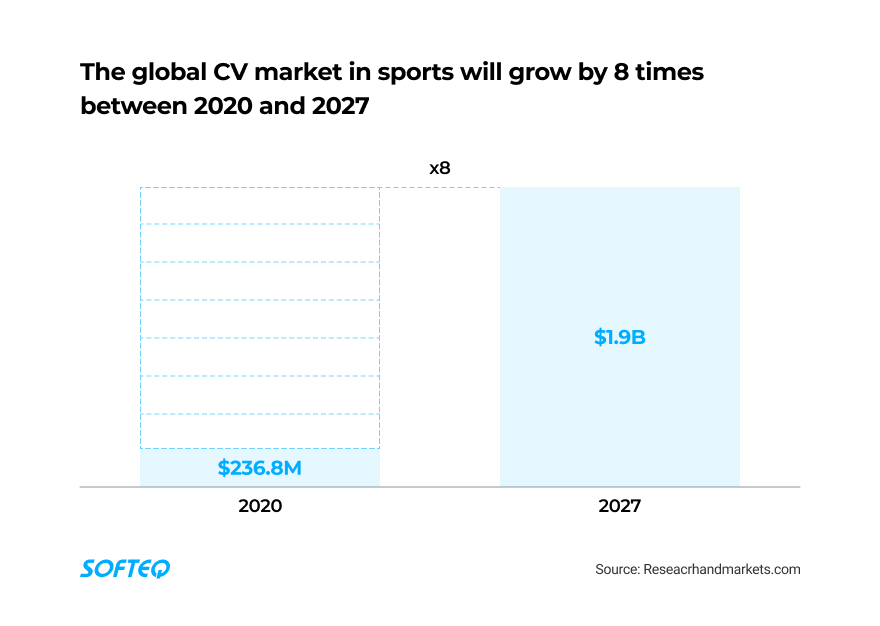
So, let’s take a look at three computer vision use cases in sports and their real-life examples.
Use Case 1. Computer Vision to Track Players
Injuries can cost an athlete their career and a sports club a lot of money. Let’s consider some facts: every English Premier League (EPL) team loses an average of $50 million due to injury-related decline in performance per season. Also, over $300 million is spent on salaries for injured athletes. And that’s just one season!
Here, the responsibility falls on the coach’s shoulders. During training, the coach has to watch every player. If an athlete makes dangerous movements that could lead to injury, the coach should notice and correct them in time.
So how can we change the game here? Computer vision for body tracking can step in. It helps detect the position of the player at a given moment in time.
Deep learning models learn to track the pose of an athlete’s body in real time. Then, they analyze every movement and provide coaches with important feedback.
With that knowledge, coaches can not only avoid injuries but also see where their players need to improve. They can also develop effective tactics and game strategies.
Real-Life Example: Tracking Athletes in Real Time for Improved Performance
Sentio Sports developed a tracking system for soccer players. It uses computer vision and machine learning algorithms to track athletes’ movements. The solution helps coaches improve player performance and identify potential risk factors for injuries. The system tracks player and team performance and provides feedback in real time.
One US soccer team has deployed the Sentio system in their training sessions. They wanted to reduce the number of injuries among their players and thereby cut down monthly recovery expenditure. Along with that, the club aimed to improve the performance of every team member.
Now they can better manage individual player workloads and adjust them to achieve even better results. The club can also predict how much their athletes can exercise without risking their health and when they need to rest and recover. The team currently uses the system during all their competitions.
Benefits
- Preventing injuries by identifying potential risks
- Improving athletes’ performance by adjusting individual workloads
Use Case 2. Computer Vision to Enable Sports Analytics
Buying new players and integrating them into a team is costly. That’s why coaches put a lot of effort into finding their next star. They ask if a new signing is worth the investment, and whether a new team member will recoup the expenses by securing more wins.
To address these questions, coaches conduct exhaustive background research. First, they select a pool of potential candidates. Then, they observe and assess their current performance. This includes their skills and capabilities on a technical, tactical, and physical level. They also predict a player’s future performance and compatibility with other players.
Not long ago, clubs had to manually analyze the number of goals scored, playing style, and play-by-play data to evaluate a player.
Managers also had to visit every game in person. Not only was this time consuming, but it didn’t help teams acquire talent: the naked eye can miss details and make an inaccurate analysis.
Computer vision sports video analytics platforms can be helpful here. Such systems analyze any recorded game without the need for in-venue cameras. They identify a player’s position and every movement. Based on this data, CV provides feedback in real time, including the player’s style, skills, and fitness level. As a result, coaches can make informed decisions on whether that player is worth buying.
Real-Life Example: Predicting Future Performance of Players for Easy Recruitment
A technology company, STATS, designed a sports analytics platform based on computer vision body recognition technology. Called AutoStats, it identifies players’ movements, ball trajectories, shots, and passes on broadcast video directly. Then, this data is converted into an individual player technique overview. Managers can analyze it to select the strongest athletes and create a player catalog for easy recruitment.
Orlando Magic, an NBA team, tried AutoStats to reach new heights. Their goal was to gather more objective data on players, find new NBA stars, and build effective team strategies. In the past, coaches had to visit every single game, gathering and recording all data manually.
With AutoStats, the club can get detailed player descriptions, including their strengths and weaknesses. Based on these insights, Magic selected a new guard who brought them seven wins and advanced the club in the league table.
Benefits
- Understanding player performance on a granular level
- Getting star players that will recoup expenses
- Improving athletic performance by analyzing player movements, team strategies and tactics, and game conditions
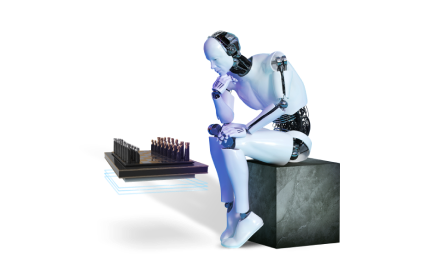
Use Case 3. Computer Vision to Detect and Track Balls
Recently, the NBA viewed 26,000 plays from 1,500 games that took place over three years. Referees have missed or incorrectly called almost 2,200 plays, or about 10% of all calls reviewed. For franchises, this can cause huge financial losses. When a team loses, they get less funding. It can also cause a club to lose fans who are disappointed by unfair judgment.
This is why tracking ball trajectories with the utmost accuracy is essential in ball games.
Computer vision tracking systems come in handy for this purpose. They focus on multiple objects in the image that are similar to a ball’s shape and size. Then, they define the ball path across the various camera angles. As a result, computer vision can precisely detect whether the ball landed in or out of bounds during the game.
Real-Life Example: Detecting Tennis Balls for Accurate Line Judging
All the way back in 2001, Hawk-Eye Innovations Ltd created Hawk-Eye ball tracking technology. Its goal was to help line judges make the right call every time. The solution is a line-calling system that tracks a ball’s trajectory from different angles. It’s built from a network of 10 cameras placed around the court. They capture 60 high-resolution images per second. Then, a centralized computer system rapidly processes the images and calculates an accurate 3D representation of the ball’s path.
Today, the company works with 23 of 25 top sports leagues and federations globally. The technology was brought on court in Wimbledon 2022 to make line judging more reliable. After the tournament, Wimbledon analysts concluded that using Hawk-Eye helped them correct up to four errors made by line judges per set. They also reduced the number of people on the court, leaving only players and one line judge.
Benefits
- Achieving fair refereeing by tracking ball trajectories
- Attracting more viewers by providing 100% transparency
To Sum Up
The sports industry is all about precision and accuracy, and computer vision can help clubs tackle these challenges. The technology is highly ambitious: the market is growing rapidly and is projected to increase eightfold by 2027.
CV can help coaches perform basic tasks. It can also function as an equal partner and even as a fully independent autonomous unit. Using CV, sports clubs can improve their athletes’ performance, achieve fair refereeing, reach new heights in tournament tables, get in-depth analysis for further sportsperson development, and increase revenue.
If you want to help sports teams get better scores and climb up a notch in the tables, Softeq is here to help. We’ll help you ideate and conceptualize an efficient CV solution, prove it’s viable, design it, and bring it to market.
More articles on the topic
